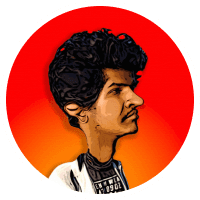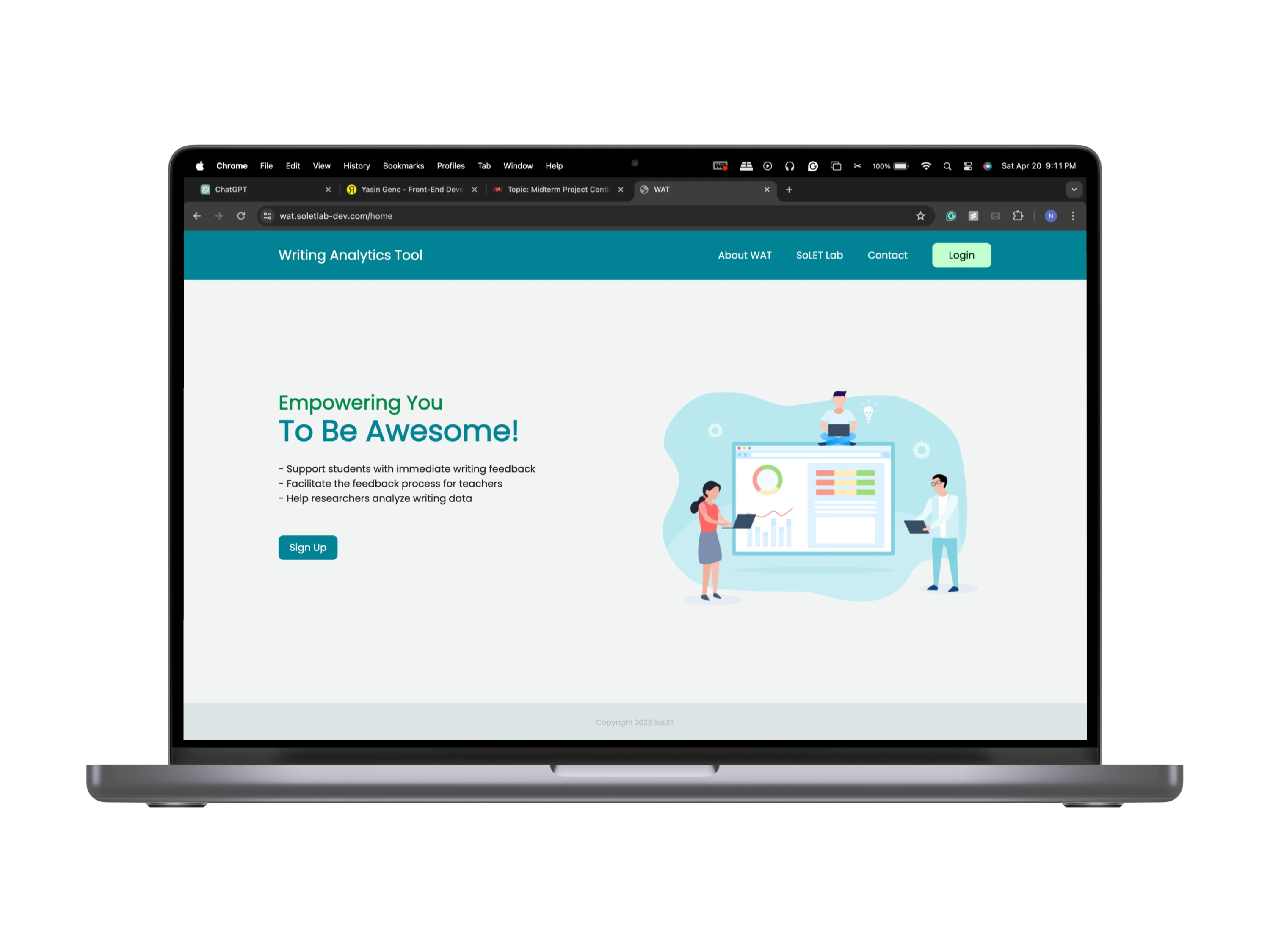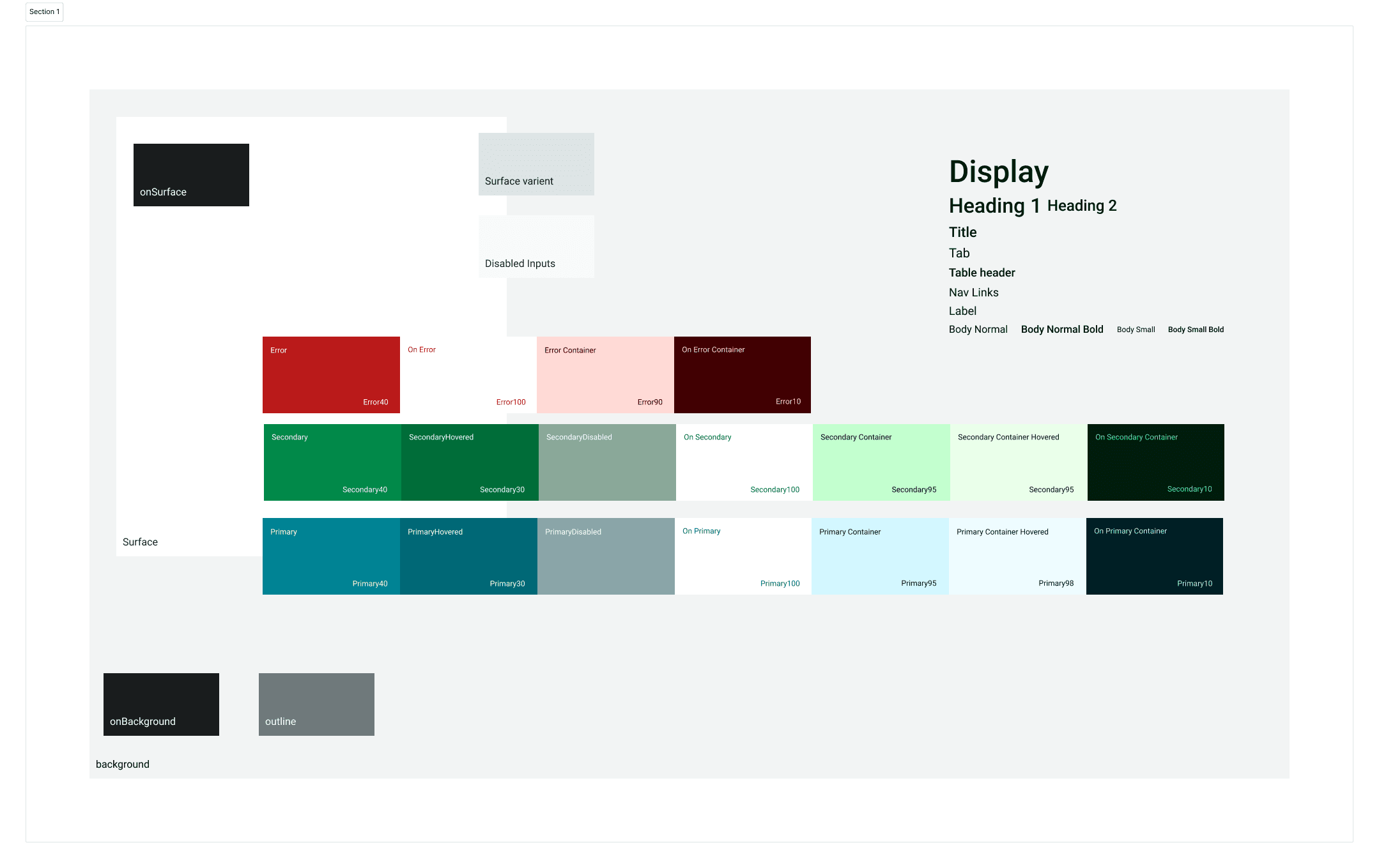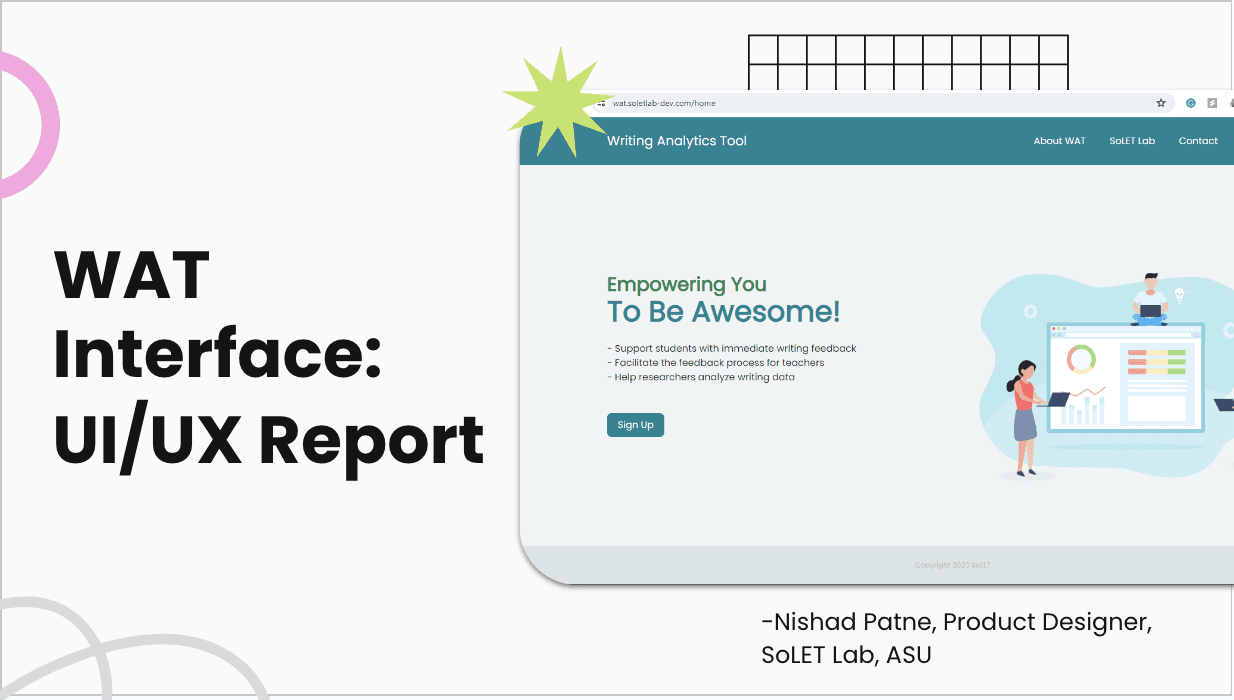Writing Analytics Tool
Challenge
Design User Interfaces and enhance the usability of the Writing Analytics Tool (WAT) to improve writing skills among higher education students by leveraging advanced NLP models for feedback and analysis.
Note: I will not be able to publish exact details about the UI, Functionality, Recommendations, and Test Materials in a public setting such as this, you are welcome to reach out to me, and we can discuss this project is greater detail 1-v-1.
Project Type
UI/UX , Front End, Usability, Quality Assurence
Tech stack
Figma, CSS, Google Suite
My Role
Product Designer
Stakeholder / Client
SoLET Lab, LEI, ASU
Impact
6+
Screens, and 3 Major Userflows
14
Participants, 30+ Bugs and Enhancements
4+
Months, Time in Project.
Process and Contributions
Design and User Experience Optimization
Conducted heuristic evaluations to identify and rectify user flow and interface inefficiencies.
Created mid-fidelity wireframes to visualize improvements and refine user interactions.
Developed and implemented a comprehensive style guide and component library in Figma and CSS to ensure consistency across the application.
Testing and Feedback Integration
Led the regression testing phases and developed testing documentation to guide user testing protocols.
Executed usability testing with 14 participants to gather insights into user interactions and perceptions.
Analyzed feedback to formulate 6 major design recommendations, addressing both identified issues and potential enhancements.
Collaboration and Presentation
Worked closely with two developers and a product manager to prioritize and implement changes, successfully integrating 17 bug fixes and 4 major enhancements.
Presented findings and proposed directions to a broader group of stakeholders to align on future development strategies.
Conclusion
Reflection and Future Direction
The WAT project enriched my skills as a sole designer in a cross-functional team, enhancing my ability to engage with diverse stakeholders:
Professional Growth:
Developed vital documentation and advocacy skills to effectively represent user needs.
Enhanced my ability to design and refine enterprise-level applications.
Key Learnings:
Gained proficiency in usability testing, learning to craft precise testing materials for optimal insight.
Looking ahead, I plan to apply these skills to new challenges, continuously improving my user experience design approach and ensuring my designs effectively meet and exceed user expectations.
Thanks for Reading
For access to a more detailed document, feel free to reach out.
